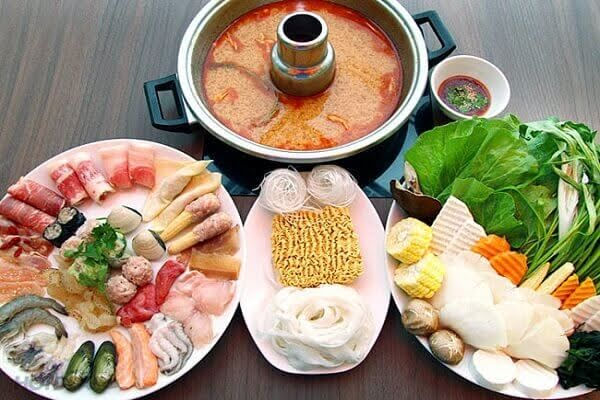No products in the cart.
[Nguyên Liệu Nấu Lẩu Kiritanpo Nabe Kiểu Nhật, Hướng Dẫn Nấu Chi Tiết] Lẩu Kiritanpo Nabe là một món ăn truyền thống của Nhật Bản, nổi tiếng với hương vị đậm đà và sự kết hợp độc đáo giữa gạo nếp nướng và nước dùng dashi. Món ăn này thường được thưởng thức vào mùa […]

